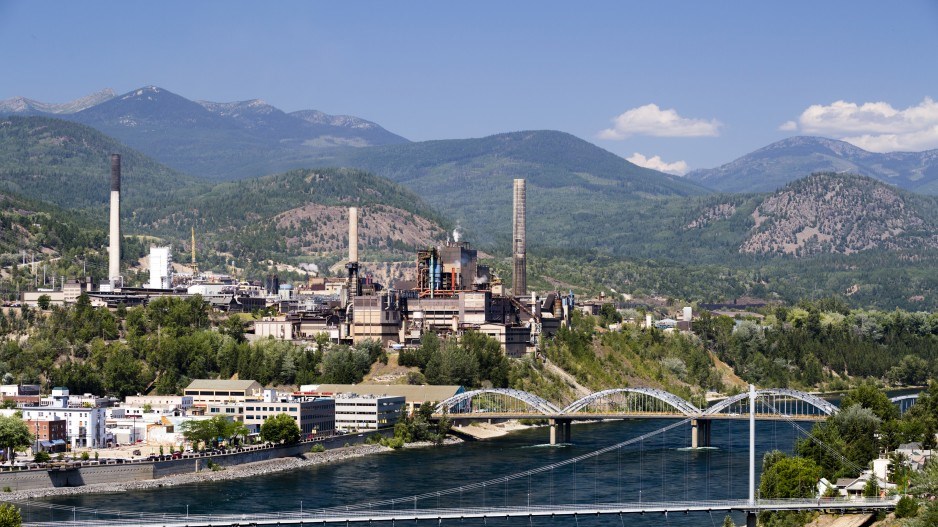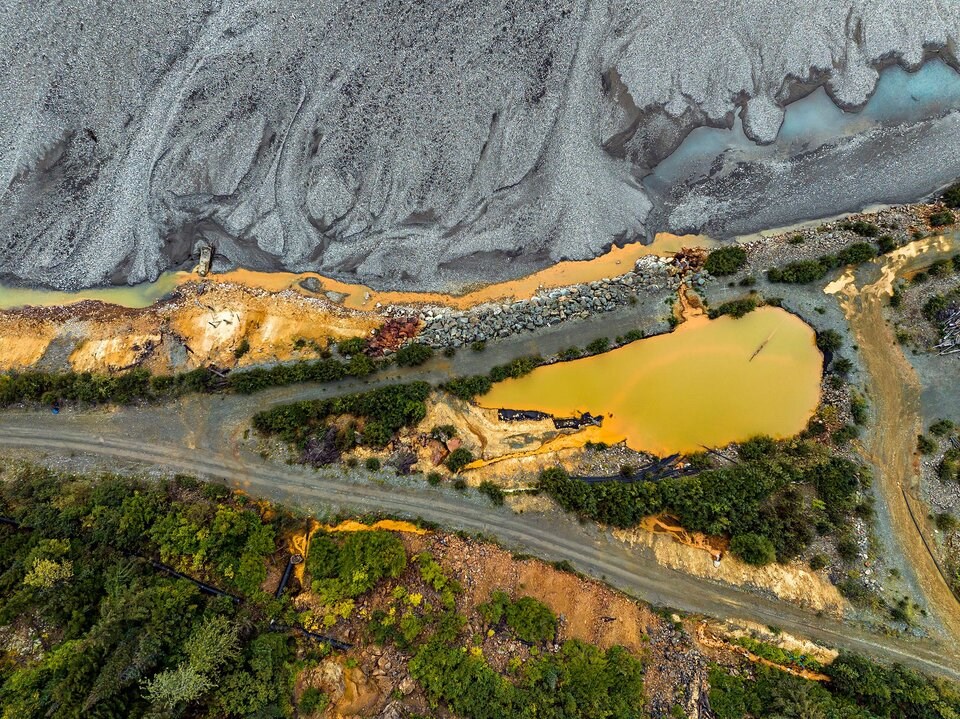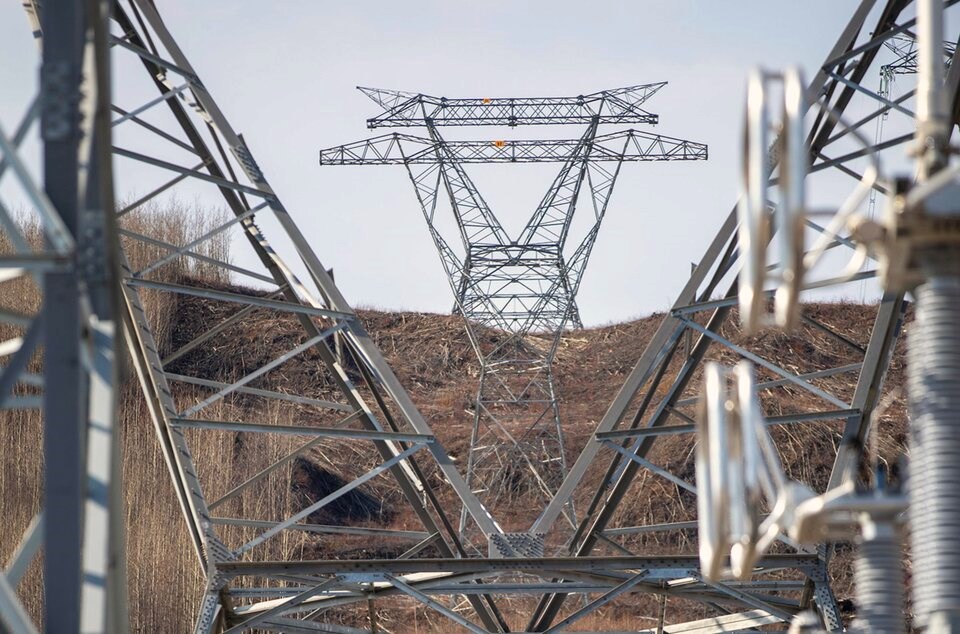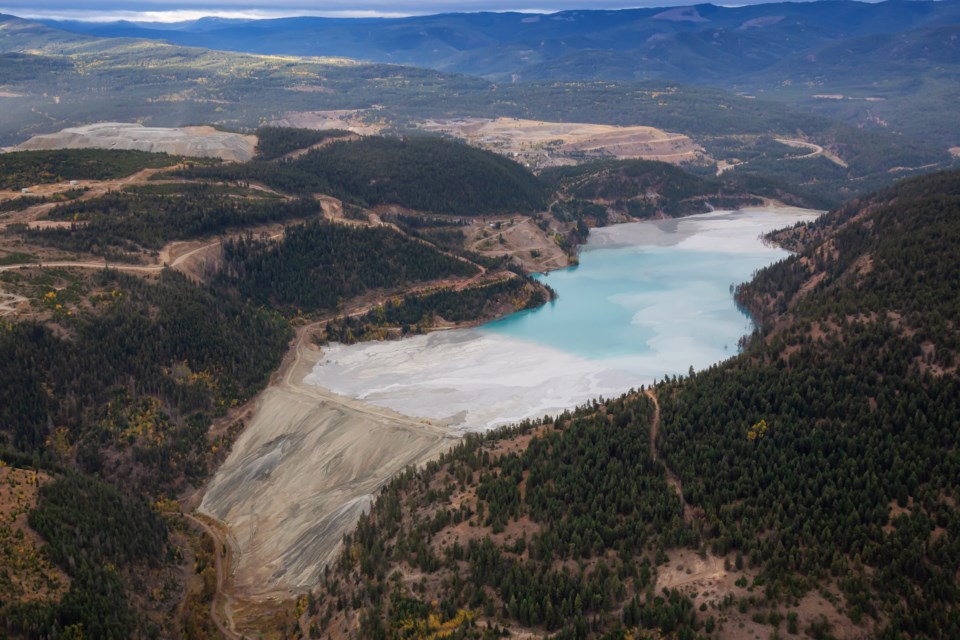Canada needs between $30 and $65 billion in new investments to kick-start enough critical mineral mining projects to reach its production potential by 2040, a new report has found.
The study, released by the Canadian Climate Institute late Wednesday, calculated that would mean opening more than 30 new mines over the next 25 years.
The report focuses on the extraction of six critical minerals found in abundant quantities in Canada that represent “a multi-billion dollar economic opportunity for Canada”: cobalt, copper, lithium, nickel, graphite, and a group of rare earth elements.
“What we see here is that Canada's current reserves of only five of the six priority critical minerals together have a total value of over $290 billion,” said lead author Marisa Beck.
“The size of these reserves far exceeds current production levels.”
To meet its future domestic demand in line with its climate targets, Canada would need to nearly double its critical mineral production over the next 25 years to $16 billion, up from $9 billion in 2023. If it fails to do that, the report stated the country would see “significant production gaps” — something that could hit an emerging battery industry especially hard.
The path is not without its risks.
Mineral markets are “extremely volatile,” making financing difficult to secure and delays common. The markets for some critical minerals could also fluctuate in the intervening years as technologies advance. Canada’s uncertain trading relationship with the United States adds even more uncertainty, the report warned.
Still, demand for critical minerals is expected to soar over the coming years, and Canada is well-positioned to take advantage of that, so long as investment dollars back new mines, the report concluded.

Over the long-term, global demand for critical minerals could increase between three and 90 times current requirements, according to different scenarios.
One scenario modelled by the International Energy Agency and cited in the report found demand for lithium could grow between 11 and 17 times between 2023 and 2050. As of 2024, Canada was estimated to have $120 billion in lithium reserves but had only extracted 0.6 per cent of what’s known to be available.
The authors did not break down how much of future investment needs to come from government, though Beck said a “large majority” would need to come from the private sector.
The report was based on expert interviews, quantitative market analysis, an online survey, and an extensive review of primary and secondary documents.
Government should provide more 'patient capital' to build mines
In recent years, the Canadian government has attempted to prioritize the extraction of critical minerals to feed the green energy market. Politicians and the mining industry have tended to targeted Canadian regulations standing in the way of feeding a burgeoning critical minerals market.
In advertisements and on its website, the Mining Association of B.C. (MABC) says the country's westernmost province has a “generational opportunity” to supply the world with critical minerals needed for clean technologies. The long-term economic impact, claims the group, could reach $800 billion.
It’s a narrative that has been echoed by former Natural Resources Minister Jonathan Wilkinson, and more recently picked up by B.C. Conservative leader John Rustad during the province’s election campaign last year. The only thing standing in the way, according to the MABC, is government red tape.
In late 2024, researchers at the University of British Columbia and Simon Fraser University refuted the idea that government regulations were the primary barrier standing in the way of new mines.
Their audit, which examined the timelines of dozens of B.C. mines, found that out of 20 delayed mining projects, only three cited regulation as an impediment to opening. The audit found the most common cause of delay was economic factors such as commodity prices — not government permitting.

One way governments could speed up mine construction, according to Beck and her colleagues, would be to help absorb the risks that come with price volatility in the minerals market. The report calls on Canada to create an arms-length financial institution to share in the financial risks of investing in new mines.
By becoming equity investors in critical mineral mines, government — and increasingly First Nations — could provide the “patient capital” often absent in private markets. Governments absorbing some of the initial risk would also likely see potential as mines pay back their investments over the long term, said Beck.
Once in production, the report says off-take agreements that guarantee long-term buyers of critical minerals would further lower price risks, while also giving government the ability to strategically stockpile certain minerals, she said.
Governments could also deploy “contracts for difference” — a mechanism to protect producers from price volatility. The idea, said Beck, is that when market prices fall below a defined threshold, a government would cover the difference to the producer. When prices rise above the limit, the producer would pay the surplus profits back to the government.
“So again, it's a risk-sharing agreement,” Beck said.

Cut inefficiencies, not Indigenous participation and environmental regulations
The authors found speeding up mine approval is crucial to boosting Canadian critical mineral capacity. But that should be achieved by streamlining regulatory processes and deepening Indigenous participation — not weakening regulations and steamrolling rights, the report concluded.
“Going ahead with projects against the opposition from affected Indigenous communities not only violates Indigenous rights, it also typically leads to long, uncertain regulatory review processes or even litigation,” said Beck.
Beck said her team of researchers found Canadian mines that were approved the fastest were also those that had strong environmental regulations. At the provincial level, the report suggests governments strengthen their mining regulations to reduce risks to the environment and surrounding communities.
That includes putting in measures to avoid contamination of water and surrounding ecosystems; hooking mines up to Canada’s clean electricity sources like hydropower to avoid business-as-usual greenhouse gas emissions; and creating mandatory end-of-life funds to manage mine closures and ensure costs aren’t shouldered by the public.
The financial assurance mechanisms should also be extended to tailings dams, the report states, to ensure the large reservoirs of mine waste are properly stored away.
Other measures in the report recommend phasing in requirements to meet leading tailings standards, and banning or restricting the construction of tailings dams upstream of locations where a failure could mean slurry reaches inhabited areas.
Chile, Peru, Brazil and Ecuador have already put such bans in place. Data in the report shows 28 of 122 active tailings dams in Canada are currently classified as upstream tailings facilities with “extreme or high consequences” in the event of a collapse.
The risks are not small.
On Aug. 4, 2014, the tailings dam at B.C.’s Mount Polley gold and copper mine collapsed, sending 25 million cubic metres of mine waste, water and construction materials downriver. Polley Lake, Hazeltine Creek and Quesnel Lake all faced widespread and long-lasting environmental damage in what would become North America’s biggest such failure on record.

In 2022, a report commissioned by the BC Mining Law Reform Network found nearly half of the province’s existing mine sites with tailings storage facilities are likely to have high, very high or extreme consequences in the event of dam failure.
Nikki Skuce, who co-chairs the organization, said beyond safety and environmental concerns, she appreciates how the report from the Canadian Climate Institute provided options to offer price stability for mines. She said that could potentially result in more employment security and local benefits to avoid boom and bust cycles.
At the same time, Skuce cautioned against an approach that would continue to provide subsidies and tax breaks to a mining sector that has left the public to shoulder the costs of “massive cleanups” and often focuses on precious metals like gold.
“The paper fails to outline how new critical mineral mines will be directed toward the energy transition,” Skuce added.
Investments could open up new markets
Ultimately, Beck said her team's findings suggest Canada is primed to provide a secure and reliable supply of critical minerals for domestic consumption and trading partners. She said risking conflict with Indigenous groups or flirting with environmental and human disaster only serves to destabilize those supply chains and is “likely to backfire.”
“The goal is to cut the inefficiencies, not cut corners,” said Beck.
Under such a vision, who buys critical minerals from a stable and growing Canadian supply chain could change.
Of the $15 billion in critical minerals and associated products Canada exported in 2021, $6.3 billion went to the U.S. The export potential to Canada’s southern neighbour is expected to more than double by 2040 to $13 billion, the report says. However, that projection is contingent on whether the U.S. maintains its announced climate policies and normalizes its trade relationship with Canada.
The report notes that Canada has many advantages that could make its critical minerals prized elsewhere. Many Canadian provinces have access to a low-carbon electric grid, largely through vast hydroelectric power. Critical mineral mines hooked up to those grids could provide a particularly attractive supply to places such as the European Union.

The single market is preparing to finalize carbon border adjustments by 2026 — policies that will place tariffs on products whose manufacturing led to an out-sized release of emissions. It comes as EU demand for the six priority critical minerals is estimated to grow to between $40 and $60 billion by 2040.
“Growing exports into the European market will be particularly advantageous for Canadian producers if trade relationships with the U.S. remain unstable,” the report says.
Outside of the U.S. and Europe, Canada’s export potential could reach further heights. For copper, the report says exports could hit $240 billion for China by 2040 and $108 billion for the rest of the world’s economies.





